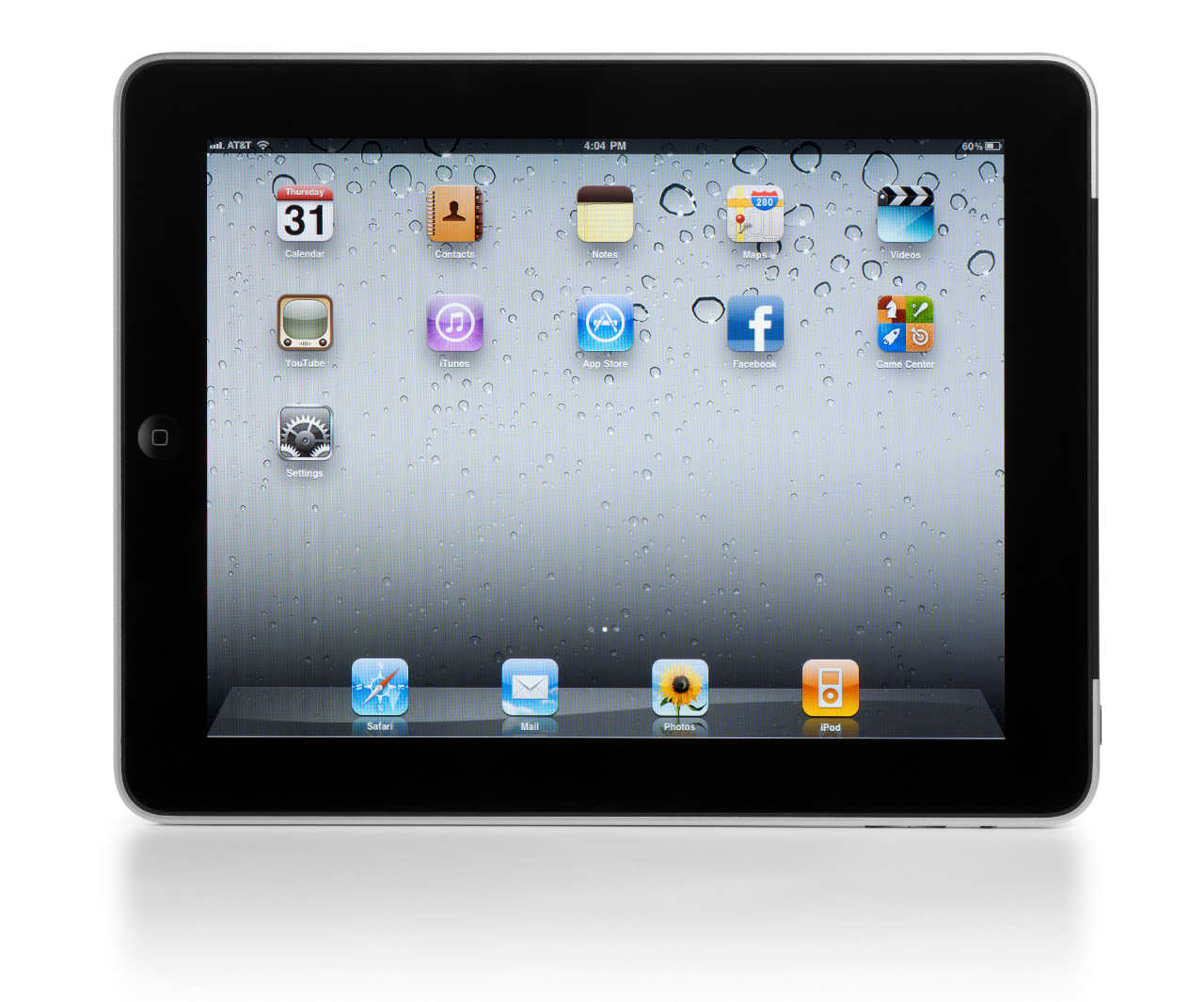The Role of Educational Leaders in Sustainable Edtech Initiatives

"Small but mighty" is what I called my small rural Massachusetts school district when I recently presented to a leadership team that included district administrators, building administrators and community members. In the past three years, our district, with its previously limited instructional technology, has morphed into a digitally equitable learning environment for all students. Transforming a school district into a lean, mean technology-rich machine is no small feat, and it requires educational leaders to reexamine the critical roles they play in this metamorphosis.
These five critical behavioral components will be essential if educational leaders want to drive sustainable edtech initiatives thoughtfully, collaboratively, and effectively towards "mighty."
1) Model
Nothing tanks an initiative faster or ensures failure to reach district goals than the school community's perception that their administrators have the "do what I say not what I do' mentality. Well-intentioned administrators purchase devices for classroom instruction or commit to district-wide software programs but continue to stay in their comfort zone by not learning or using the new technology themselves. Educational leaders need to model technology like they are Tyra Banks on the fashion week runway. Attend and be present at teacher edtech trainings, communicate with staff and faculty using collaborative online documents, make it a practice to use a school-issued Chromebook or iPad during classroom walkthroughs and facilitate staff meetings using the newly adopted presentation tools. Educational leaders who are involved and engaged with technology initiatives can have a significant impact on school culture and on achieving district goals.
2) Listen
So many district edtech initiatives suffer from the Oprah car syndrome where educational leaders are on the receiving end of "let's give every student an iPad" or "let's require all teachers to incorporate blended learning into their classroom instruction by the end of the first semester." These well-intentioned decisions can be disastrous when the very people that are impacted by these decisions are not heard. Dust collects on classroom Chromebook carts, district-issued software programs only integrated into third-grade classrooms, and interactive whiteboards used as glorified projector screens. So, open up your ears wide like a cat outside a mouse hole and listen to ALL stakeholders. Just by walking through classes, meeting with curriculum leaders, creating student and parent focus groups and being a presence in the hallways during passing times will educate leaders on what types and levels of instructional technology are sustainable and critical for our students and teachers.
3) Recruit
When school districts hire teachers, who can text and "insta," it may be assumed that these new hires will be tech-savvy and drive technology initiatives. Sorry but you know what happens when you assume! Hiring a teacher that will support and drive edtech initiatives at the classroom level should not and cannot be based on anything but their courage and willingness to try and sometimes fail at new things that reach all of our students. Also, look both outside and inside the organization for innovative educators. Use the listening suggestion above to talk to students and teachers, and consistently walk through classrooms to "recruit" teacher leaders. I guarantee that you will tap into fantastic teachers already being change agents for education in your buildings.
4) Showcase
Everyone needs five minutes of fame as it ignites and energizes us to continue to grow and succeed. As educational leaders, we are not in the "it's all about me" game. We are in our positions to lead, support and guide students and teachers. Take every opportunity to showcase the classroom teachers in your district, who every day, are driving the initiatives, improving student performance, creating an engaging curriculum and provide students with collaborative learning environments. Make it "all about us" by showcasing the dedicated educators and students at every school board meeting, parent open house, edtech event, faculty meetings, and even on social media posts. These are your rock stars who will sell out the show and leave the audience wanting more.
5) Outreach
When it comes to proposed edtech initiatives, it can be a challenge for educational leaders to provide the school board with concrete evidence of success. It feels like final Jeopardy when leaders are put upon to answer the question, “what other districts in the county are doing?”. What if your district is the first in the county to offer mobile hotspots, devices for home use for students, new learning management systems or even student data privacy policies. How do you answer that final jeopardy question? Be the leader not the follower of edtech initiatives. Reach out to edtech organizations such as CoSN and ISTE for resources and case studies, contact your Twitter PLN peeps for their stories of success and join forces with local colleges and universities to underscore the importance of supporting our students from pre-K - postgrad. Make your little (or big) piece of the world the exemplary for other districts to follow.
Tools and ideas to transform education. Sign up below.
Eileen Belastock, CETL (@EileenBelastock) is a Director of Academic Technology in Massachusetts.
